TRAVEL
Digital Nomad, still in Guatemala: Hit the road, Jack
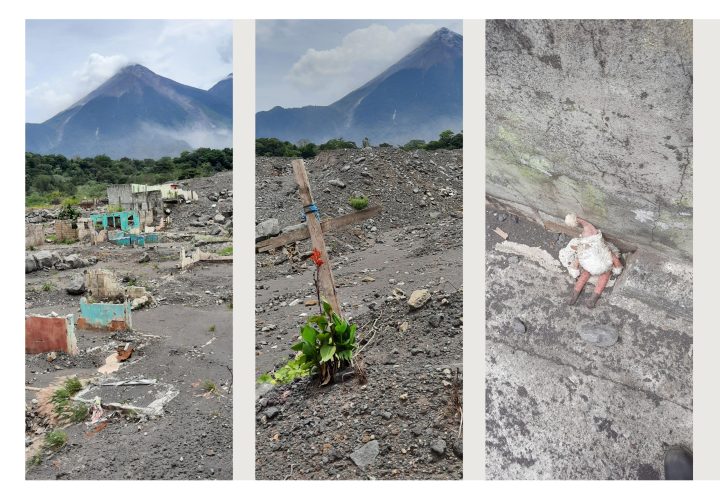
A would-be digital nomad finds himself rendered a digital sedentary… but, then, everything changes.
On March 5, the State of Calamity came down on Guatemala like a hammer – a hammer that destroyed lives and livelihoods, a hammer that advanced the spread of poverty and hunger, a hammer whose reverberations were felt throughout this Central American nation of 17 million souls.
It came down with the force of the mythological hammer Mjölnir, the most powerful weapon on Earth, capable of shattering mountains, created by the dwarf brothers Brokkr and Sindri and given to the Norse god Thor by the trickster Loki.
During Ragnarök, the twilight of the gods, the hammer is wielded with ruthless efficiency by Thor, but after slaying the world serpent Jörmungandr with it, he takes nine paces back and falls down dead, having succumbed to the serpent’s deadly venom.
Other gods, including Odin, Tyr, Freyr, Heimdallr and Loki, are also fated to die during Ragnarök, at the end of which the world is submerged in water, the stars vanish, flames reach the heavens and the sun is swallowed by a wolf.
And you thought these times were tough…
According to the poem Völuspa, Ragnarök – the last battle of the doomed gods – takes place at a time when:
Brothers will fight and kill each other, Sisters’ children will defile kinship.
It is harsh in the world, whoredom rife
– an axe age, a sword age – shields are riven –
a wind age, a wolf age – before the world goes headlong. No man will have mercy on another.
However, two humans, Lif and Lifthrasir, survive the catastrophe of Ragnarök by hiding in a wood, where they sustain themselves by drinking the morning dew, and after the flames have died down they emerge to repopulate the newly fertile world.
The events of Ragnarök were woven into destiny on the day that the world was created, and the gods fated to die during the great battle knew exactly what was going to happen to them, they were aware that every moment of their lives had been choreographed eons before their existence.
Today, in the real world, there is more than a whiff of apocalypse in the air, but it is unlikely that our destiny was woven into the fabric of the space-time continuum at the split second of creation. Unlikely, but not impossible, especially if this world and our lives – and in fact the entire universe – are merely a computer simulation, a hypothesis (the simulation hypothesis) proposed by the Swedish philosopher Nick Bostrom.
In his non-fiction book The Simulation Hypothesis MIT computer scientist Rizwan Virk argues that:
“Not only does the simulation hypothesis provide a rational, science-based explanation for the things that religious traditions have been telling us for years, it also provides explanations for phenomena that have been unexplained by modern science. These include near-death experiences (NDEs), out-of-body experiences (OBEs), UFOs, synchronicity, and déjà vu, among others.”
Such were my musings after the hammer blow of the State of Calamity fell on Guatemala, where I had planned to spend a month before moving on to El Salvador. Seven months later I was still there.
The State of Calamity, occasioned by the coronavirus pandemic, was declared by the president of Guatemala, Alejandro Giammattei (who, incidentally, tested positive for Covid-19 a couple of weeks ago).
He shut down the country and sealed off the borders, imposed a curfew and a ban on gatherings, travel and work, except for essential services. Pretty much what the rest of the world was doing in response to the spread of the unknown entity SARS-CoV-2.
I was living in Antigua Guatemala (known as Antigua or la Antigua) at the time. It’s a beautiful old colonial town, founded by the Spanish in the 16th century. It has cobbled streets, pastel-coloured houses with cupolas and terracotta shingles, the ruins of churches destroyed by earthquakes past, and it has a vista of three volcanoes: Agua, Acatenango, and Fuego, which rumbles and booms and belches clouds of smoke into the sky. Fire too, clearly and dramatically visible at night.
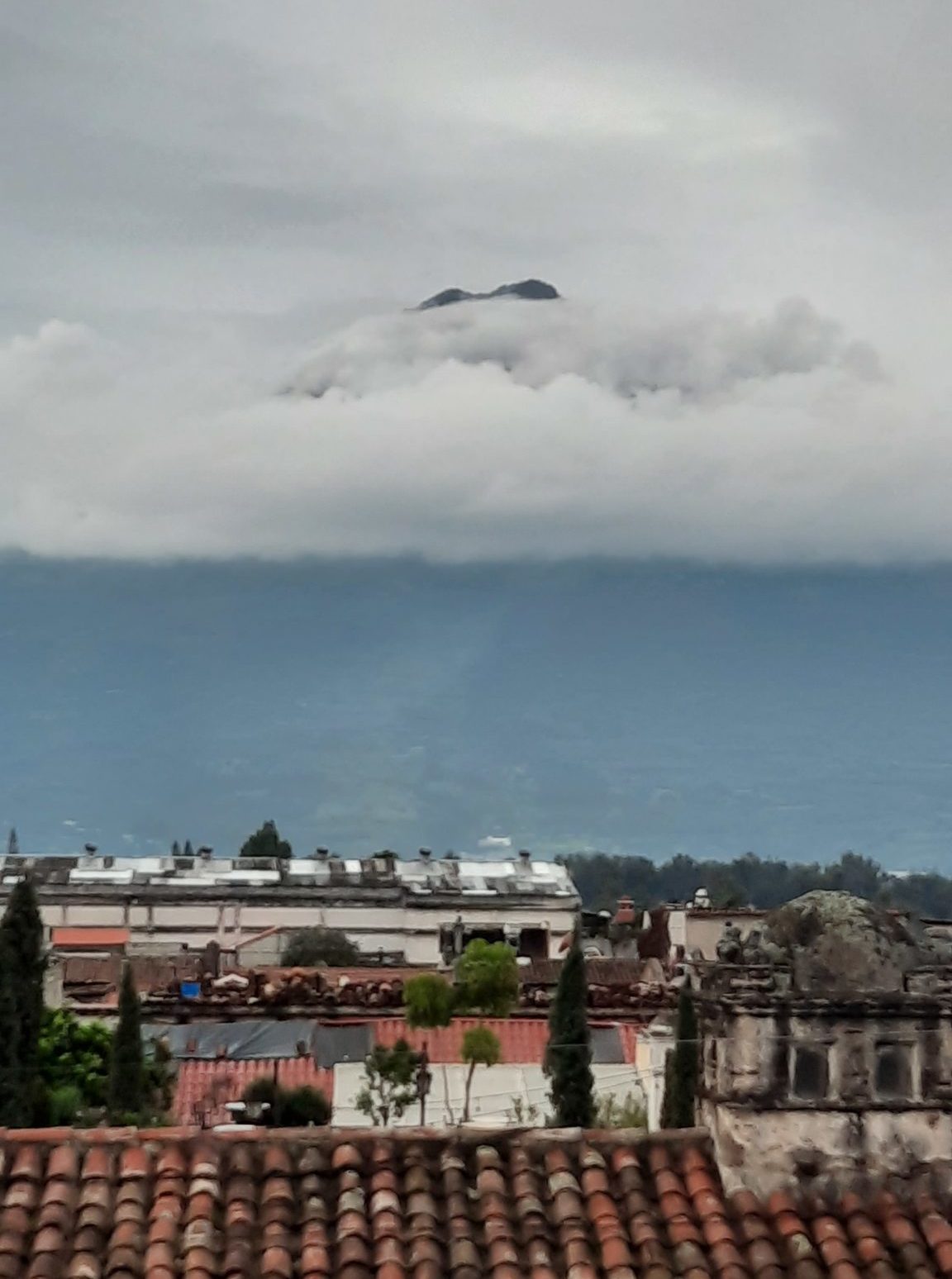
Antigua (Image by Caspar Greeff)
Soon after the State of Calamity was declared, the effects became visible. Hundreds of padlocks appeared on doors in the town, doors which a few weeks before had opened on to thriving businesses. These businesses were now destroyed. Just about all the tourists disappeared. Tourists were the lifeblood of this town. And people appeared on street corners waving white flags. These white flags – banderas blancas – were a semaphore of desperation, a cry for help, an entreaty for food or money. The people holding the flags had no work, no money, no food, and were facing starvation.
It wasn’t long before all of this appeared perfectly normal, humans being masters of adaptation.
Life went on. Until, for some – and eventually for everyone – it didn’t.
Weeks and months sped by. The beautiful Russian Instagram star who had become my best friend left the country. She was an effervescent, spontaneous person who infected others with happiness and I missed her.
Clandestine bars opened their doors to those in the know, and the taverners and barkeeps became my new friends.
As did a Mexican guy named Alex, who sometimes stayed at the hostel where I was living.
One Saturday we drove in his old white Beetle to El Rodeo, the ruins of the village that was destroyed when Fuego erupted in 2018. It was a sad wasteland, with poignant reminders of the life that it once contained: a scorched rag doll in a ruined house, melted plastic chairs, flowers draped on a makeshift cross in the rubble.
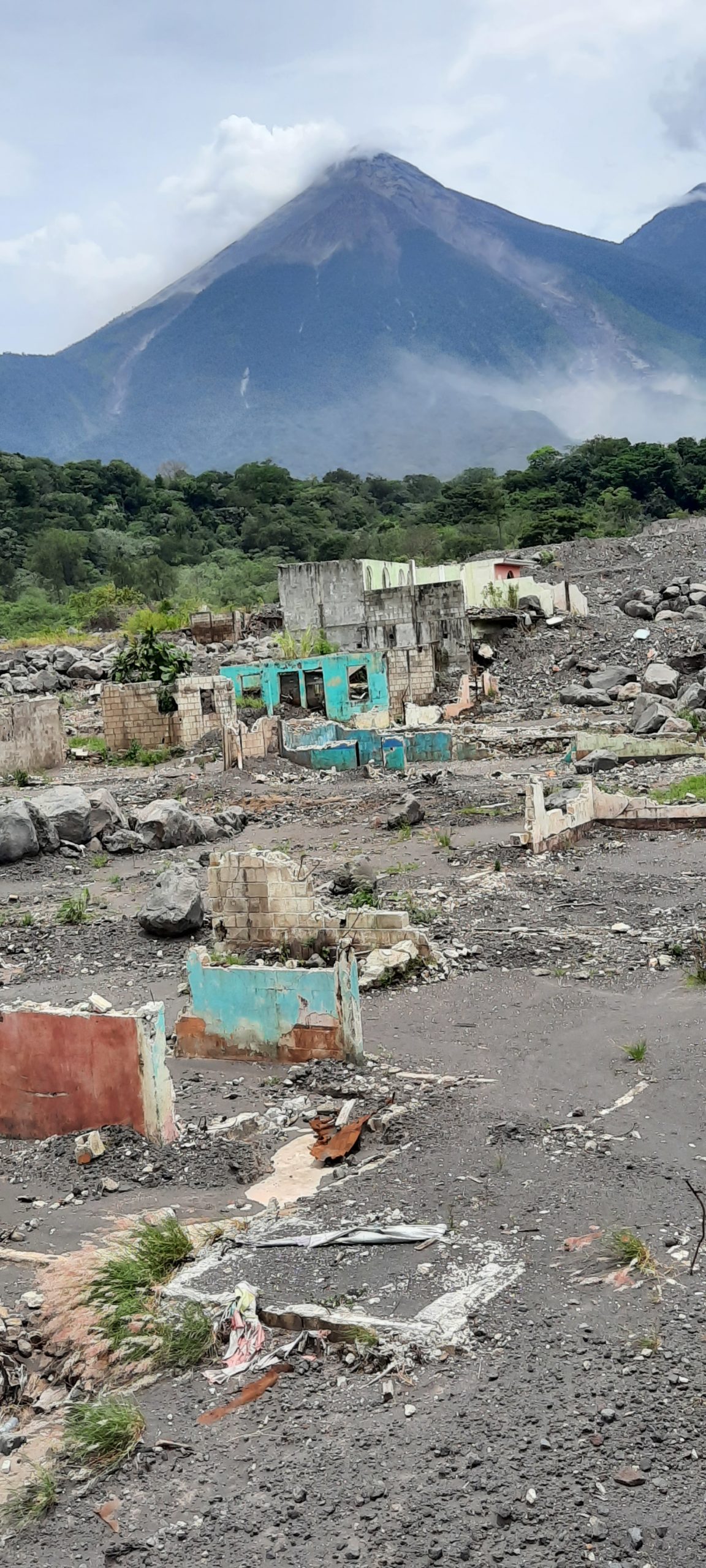
The ruins of El Rodeo, which was destroyed by the eruption of Fuego in 2018 (Image by Caspar Greeff)
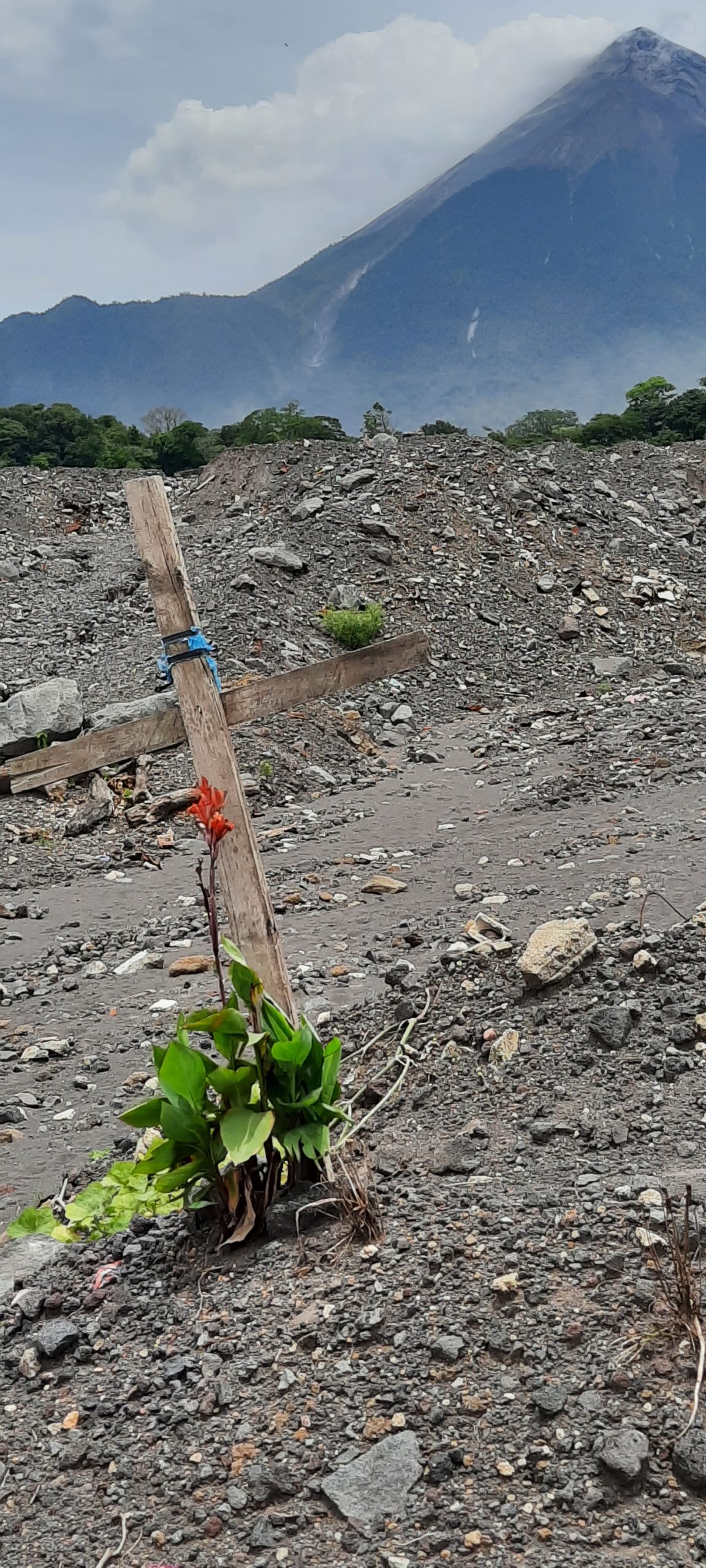
(Image by Caspar Greeff)
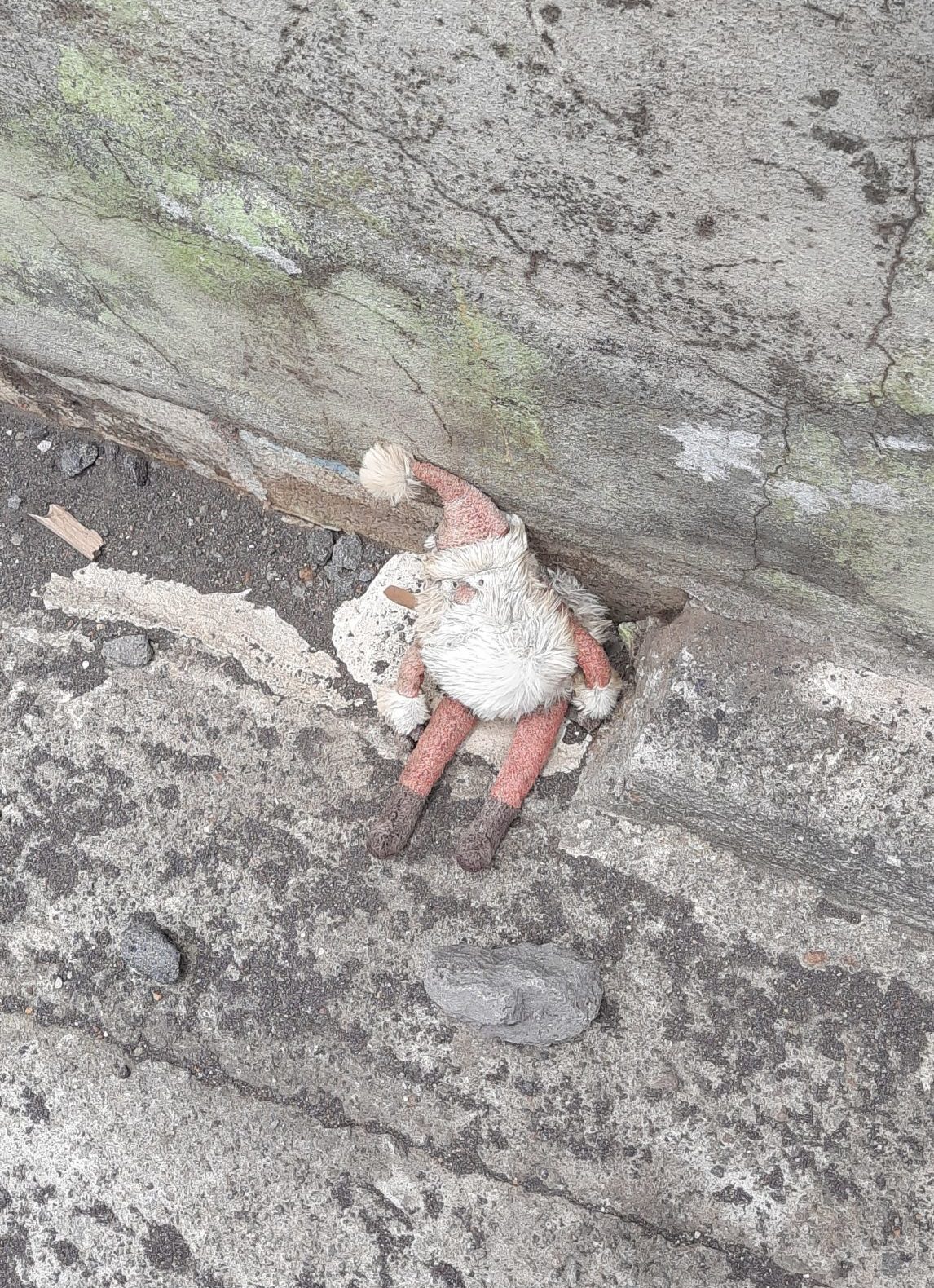
(Image by Caspar Greeff)
There was still a person living there, an old woman in a tin shack with three dogs. When we asked her why she was still here, in this desolate place that had been destroyed by a fast-moving river of superheated lava, she told us:
“I am here because my family is here. My four sons and 15 members of my family died when Fuego erupted, and I must stay with them.”
Alex gave the old woman some money and we left the haunted ruins, with Fuego puffing out smoke in the background, grey ash swirling in the wind and the three skinny dogs escorting us to the Beetle.
Guatemala started reopening slowly. The curfew was moved back from 4pm to 6pm, and then – on a day that felt like Freedom – to 9pm. Bars and restaurants were open for business. I had come to regard Antigua, also known as la Panza Verde – the Green Belly – because of its inhabitants’ love for eating avocados, as home. I was affronted when thousands of people streamed into “my town” from the capital at weekends, but knew it was a good thing: it brought money and business back to the beautiful little town.
But I had itchy feet, and a while ago discovered that it was possible to get a bus to the riverside town of Rio Dulce, 321km east of Antigua.
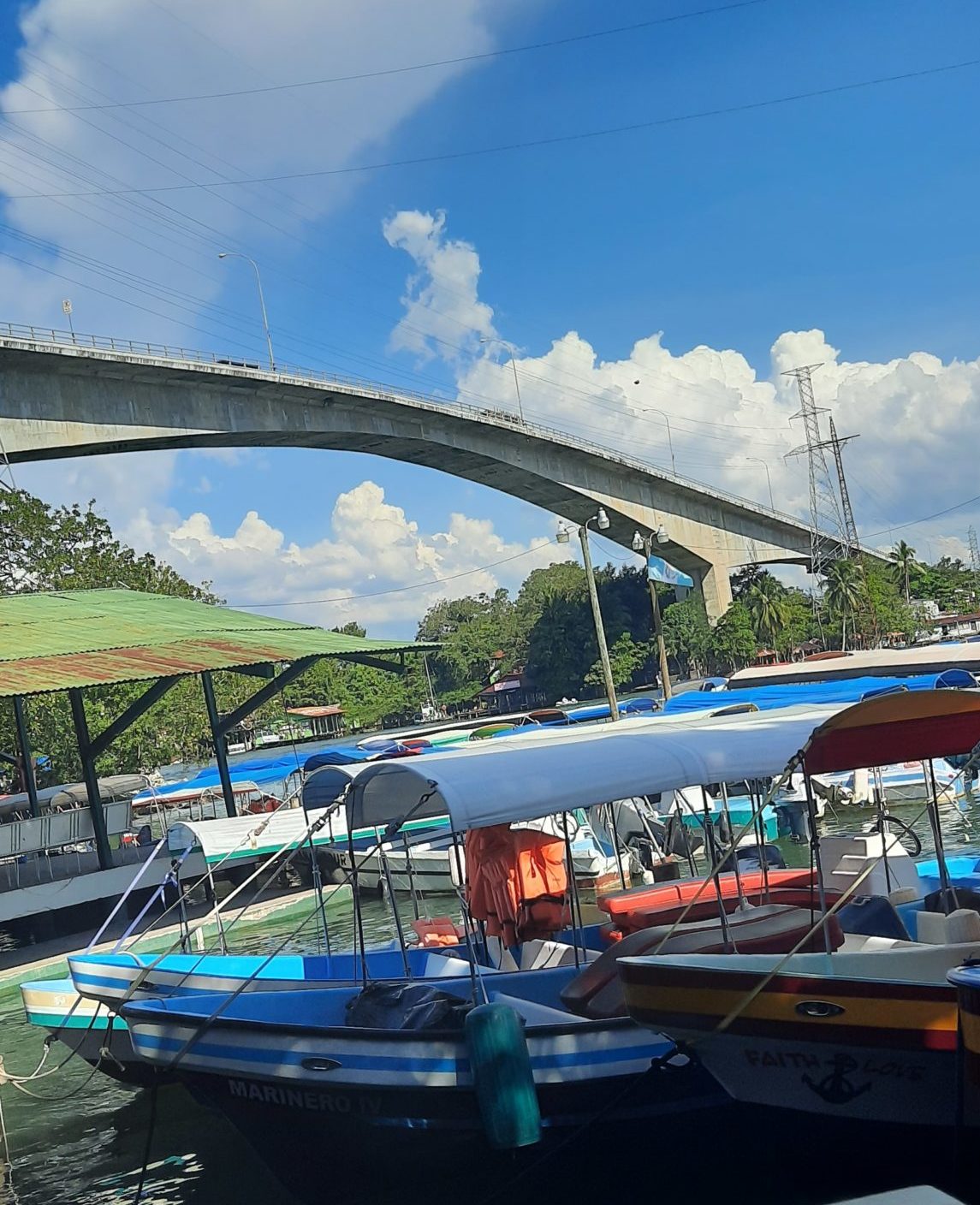
Bridge over the Rio Dulce (Image by Caspar Greeff)
It felt good to be travelling again – for the first hour or so. I’d forgotten how boring actual travel can be… hours of meaningless scenery flashing past the bus windows, getting stuck at roadworks for two hours, numbingly uncomfortable seats, beige moments turning into beige minutes turning into beige hours.
I spent some time in Rio Dulce, where weather-beaten old yachtsmen swap yarns at a bar near the big bridge that spans the river, where police with full-face masks ride past in pick-ups with mounted machine guns in the back, where women braai mielies on the pavements, and where the shrimp ceviche is piquant and delicious, especially when washed down with a cold Corona while the river sparkles crazily in the sunlight, as if a galaxy of stars has fallen into it.
After Rio Dulce I got a launch to the Caribbean town of Livingston, where I decided it was time to change countries. Honduras, just a couple of hours away, beckoned, and I checked out what the US State Department advised.
The travel advisory said Honduras was “Level 4: Do Not Travel”.
It continued, “Do not travel to Honduras due to COVID-19. Reconsider travel to Honduras due to crime. Some areas have increased risk.
“The Centers for Disease Control and Prevention (CDC) has issued a Level 3 Travel Health Notice for Honduras due to COVID-19.
“Travellers to Honduras may experience border closures, airport closures, travel prohibitions, stay-at-home orders, business closures and other emergency conditions within Honduras due to COVID-19.
“Violent crime, such as homicide and armed robbery, is common. Violent gang activity, such as extortion, violent street crime, rape, and narcotics and human trafficking, is widespread. Local police and emergency services lack sufficient resources to respond effectively to serious crime.”
It sounded… interesting and I resolved to go to Honduras the following morning. I got a launch to Puerto Barrios, and then a crowded colectivo (minibus taxi) to the border.
My Guatemala visa had expired four months ago, I didn’t know whether I could get a rapido Covid-19 test at the border, and I had been told by immigration officers in Puerto Barrios that the border may not even be open, due to a caravan of 2,000 Hondurans forcing their way through the previous day.
I got out of the colectivo and walked past heavily armed policemen and soldiers to the customs and immigration window. I was brimming with confidence – after all, what could possibly go wrong? DM/ML















 Become an Insider
Become an Insider
When something similar happened to me in a sovereign borderland, a helicopter landed in no-man’s land and took me away. I hope the angels of Odin did likewise for you, Caspar.